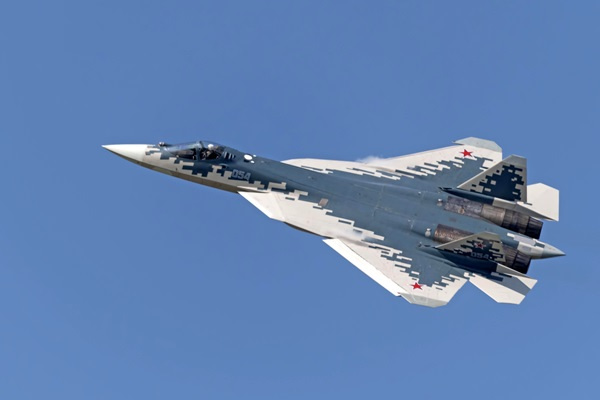Bussiness
Escalating geopolitical tensions and volatile economic data hinders gold – London Business News | Londonlovesbusiness.com

Amid escalating geopolitical tensions and volatile economic data, gold is currently trading near $2,650.40 on Wednesday, facing downward pressure that hinders its continued rise following yesterday’s sharp increase.
Gold surged by more than 1% after developments in the Middle East escalated, prompting investors to seek it as a haven.
However, the price quickly retreated, reflecting the persistent strength of the U.S. labour market, which I believe limits the likelihood of significant monetary easing by the Federal Reserve.
In my opinion, these gold movements highlight a delicate balance between geopolitical concerns and U.S. economic expectations, where any deviation in economic data or political events plays a pivotal role in directing prices.
A significant part of this pressure on gold stems from the strengthening U.S. dollar, which continued to consolidate its gains over the past two days. The notable recovery in the dollar is primarily attributed to the positive data from the U.S. labour market, which exceeded expectations.
The Job Openings and Labor Turnover Survey (JOLTS) report showed an unexpected rise in available job openings in August, reinforcing the belief that the U.S. economy remains resilient despite global economic challenges. In my view, the ongoing strength of the U.S. labour market will weaken gold’s appeal in the short term, as reduced prospects for significant monetary easing may bolster the dollar and limit gold’s upward potential—unless there are sharp changes in the geopolitical landscape.
On the other hand, the possibility of an escalation in the Middle Eastern conflict continues to cushion gold’s decline. The fear of an all-out war has resurfaced, reigniting the demand for gold as a haven. Political tensions in this historically volatile region play a key role in maintaining a certain level of support for gold prices. Despite the downward pressure exerted by the strengthening dollar and robust U.S. labour data, there remains strong support for gold due to geopolitical fears. I believe these tensions are a fundamental driver for gold, and any diplomatic or military escalation could trigger new buying, limiting its losses.
Given these contrasting factors, investors are adopting a cautious approach to gold, viewing any price drop as a buying opportunity under the current circumstances. From my perspective, both technical and fundamental analysis suggest that gold prices may remain volatile in the near term, with the possibility of staying above key support levels thanks to the geopolitical tensions that continue to drive demand. However, any further rise in the dollar or stronger U.S. economic data could negatively impact gold, keeping investors on high alert for any market movements. In my opinion, gold’s future movements will largely depend on the trajectory of the dollar and U.S. monetary policy, with sharp price shifts likely if unexpected economic data or escalated geopolitical conflict emerges.
In addition to geopolitical tensions, the Federal Reserve plays a crucial role in shaping the future of gold prices. Recent statements from Federal Reserve Chairman Jerome Powell indicated hesitation in moving towards substantial interest rate cuts, making future gold price movements harder to predict. Powell’s remarks suggest the possibility of two more 25 basis point rate cuts this year if the economy performs as expected. However, the market still sees a chance of a larger rate cut, which places gold in an unstable position. I believe the interplay between economic forecasts and Federal Reserve strategy will keep gold under pressure, as any unexpected move from the Fed could lead to new price fluctuations.
For now, U.S. employment data remains a focal point for investors, offering a clearer view of the next steps in monetary policy. The upcoming Nonfarm Payrolls (NFP) report could be the key driver of market sentiment in the coming weeks. Should this data exceed expectations, we could see further pressure on gold prices, as a stronger U.S. dollar would result from expectations of prolonged higher interest rates.
In my view, upcoming U.S. economic data will largely dictate gold’s near-term path. Unexpectedly strong employment figures could place gold under additional downward pressure, while any signs of weakness may provide room for gold to bolster its current support levels.
In conclusion, gold remains caught between opposing forces shaping its trajectory. On one side, geopolitical tensions are bolstering demand as a haven, while on the other, the strengthening dollar and the resilience of the U.S. economy are exerting downward pressure on prices. With investors closely watching upcoming employment data and Federal Reserve monetary policy direction, it appears that gold will remain subject to sideways volatility shortly.










